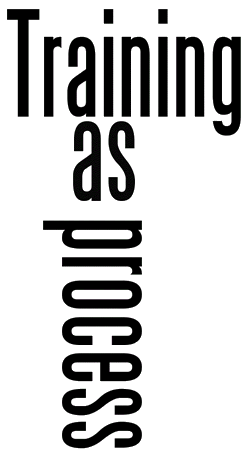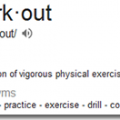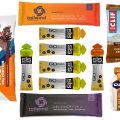In making the distinction between training and working out, I previously noted that one can perform a workout without necessarily training for an event.
One can go out and exercise vigorously, work up a sweat, and enjoy the endorphin release. As a result, one may be happier, healthier, and fitter for having done the workout. But the workout may or may not contribute toward a performance goal in a future athletic contest.
This distinction underscores the need to consider how your workouts contribute to the overall training process. A single workout is not sufficient in and of itself. It must be part of a larger program. Each workout must relate to other workouts of similar type as well as workouts of complementary type.

Workouts of similar type are important because it takes five to twelve similar type training sessions to accumulate the full benefits of that type of training. For example, if you are working on raising your lactate threshold, a single workout at threshold pace is necessary but not sufficient to gain the desired physiological adaptation. It needs to be accompanied by additional similar type workouts (e.g. sustained tempo sessions or cruise intervals at threshold pace) to optimally develop your fitness in that area.
Workouts of complementary type are important because if all you do over five to twelve training days is the same type of workout; then you lack the necessary supporting workouts to make that type of training possible and effective. For example, if you only do high intensity workouts every time you go out to train, your program would lack the necessary sessions to help you recover from those workouts and prepare for subsequent ones. Scheduled recovery and low-intensity aerobic work is just as important as scheduled intervals in a training program. For maximal benefit, the different types of workouts need to work together to support of an overriding goal.
The point is to avoid—if you are targeting a specific racing goal—a mixed bag approach that lacks consistency and integration with your larger goals. With the mixed bag approach, you may choose one training partner’s workout one day and another training partner’s workout on another day—and those workouts may provide you with vigorous activities that allow you to work up a sweat, gain an endorphin release, etc.—but those workouts may or may not work together like links in a chain to help you achieve your own racing goals. If you are an athlete in training—and not just an athlete that works out—a systematic, goal-driven approach ensures you are moving as directly and effectively as possible towards your racing goals.







